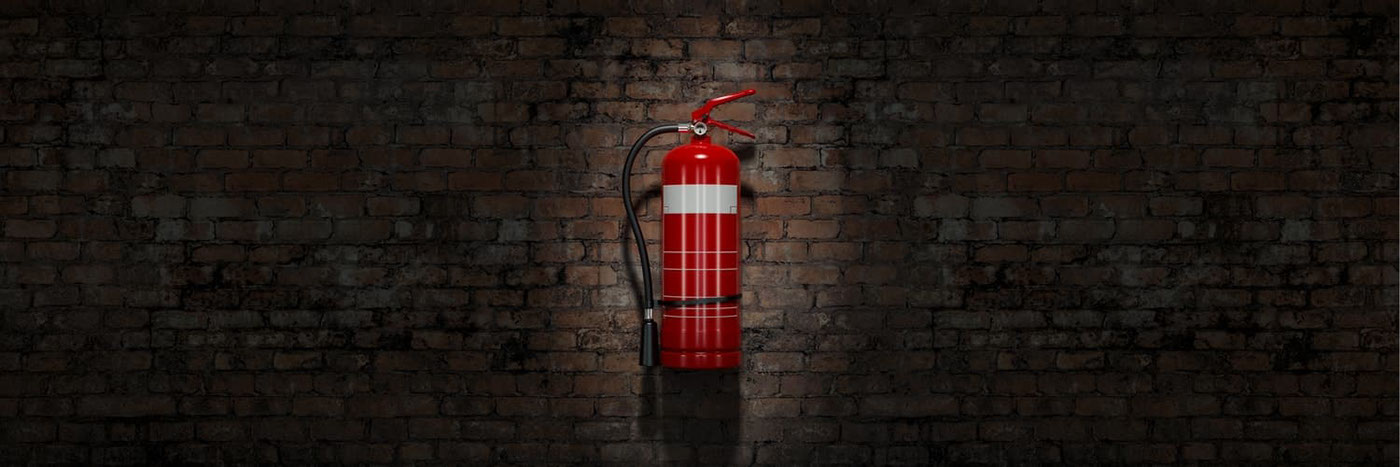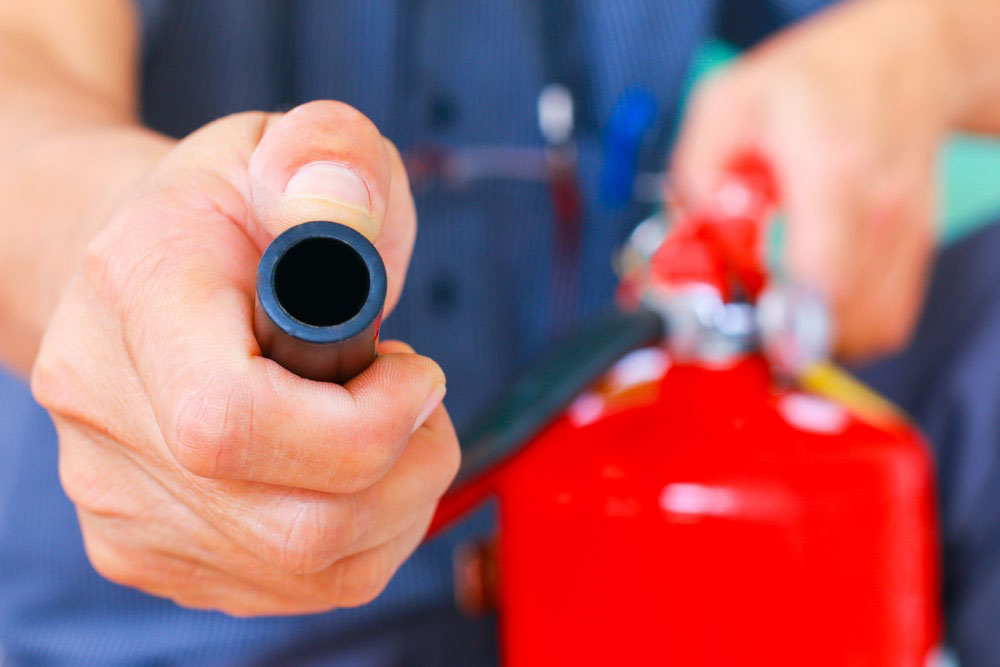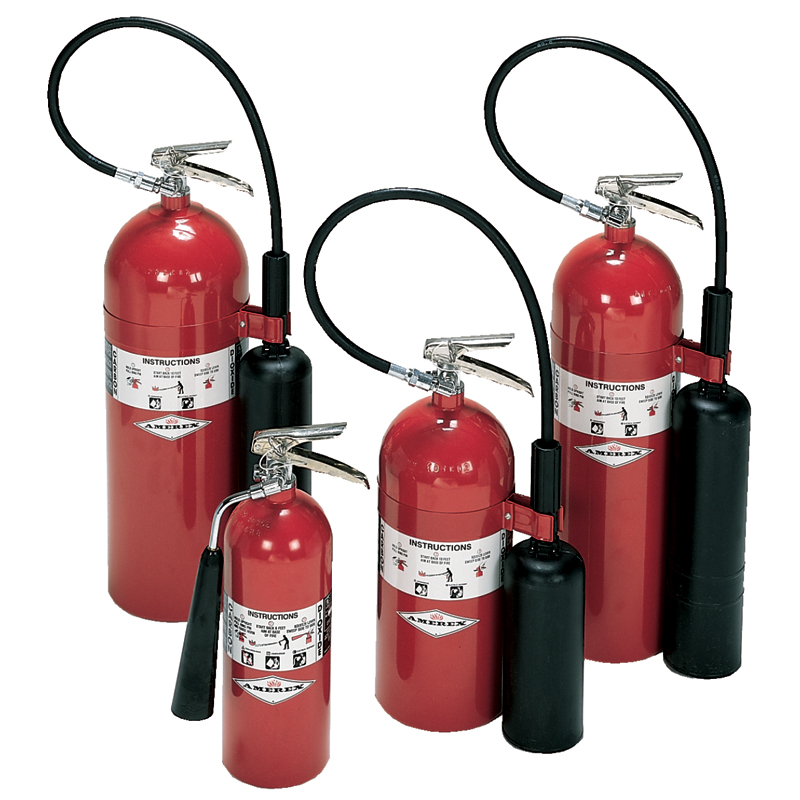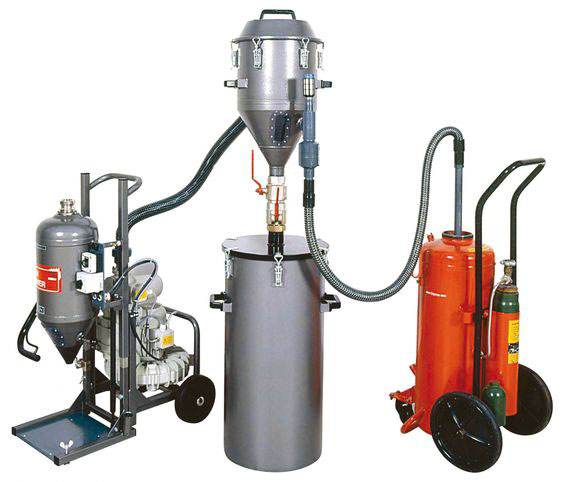What Type Of Fire Extinguisher Should I Use?

Just like every fire isn’t created equal, neither are the fire extinguishers designed to tackle them. From simple water sprays to complex chemicals, modern extinguishers are designed to address a specific fire outbreak to best offer protection to the user.
If you’re in the unfortunate scenario where a fire breaks out, you’re going to need to be confident that you’ve got the right fire suppression tools for the job. Or, if you’re looking to equip your space with fire protection, you should be prepared with the best extinguisher for the most likely fire.
Here’s a list of the different classes of fire, and the fire extinguisher best suited to it:

Class A: The most common type of fire, Class A refers to ordinary combustibles like paper, plastic, wood, cloth, etc. that are set alight. A pure Class A fire extinguisher just uses pressurized water to drown the heat of these types of fires.
Types of fire extinguishers to use – Water Fire Extinguisher, ABC Fire Extinguisher
Class B: Not all fires are susceptible to a simple water-based solution, and Class B fires are among them. Referring to fires that stem from flammable liquids like petroleum oil, gasoline, paint, and gasses such as butane and propane, water will be not only ineffective, but potentially dangerous when used on Class B fires.
Foam based fire extinguishers (AFFF, FFFP) are commonly used to smother Class B fires by taking away the oxygen the fire needs to burn.
Types of fire extinguishers to use – AFFF Fire Extinguisher, FFFP Fire Extinguisher, Purple K Fire Extinguisher, BC Fire Extinguisher, ABC Fire Extinguisher

Class C: A Class C fire hazard is basically a hazard where electricity is present in the fire. If the extinguisher you choose to use does not have a C in the UL rating you will be at risk of electrical shock when extinguishing this type of fire.
Types of fire extinguishers to use – ABC Fire Extinguisher, Purple K Fire Extinguisher, Water MIST fire extinguisher, Co2 fire extinguisher.
Class D: One of the most specific types of fires, Class D refers to fires started from combustible metals like magnesium or potassium. They’re most commonly started in manufacturing industries or labs, and rarely faced by the average person.
Normal extinguishers will be ineffective against Class D fires. Class D Fire Extinguishers are typically loaded with either salt or copper to extinguisher the fire.

Class K: These fires happen almost exclusively in the kitchen or while cooking, as they are fire caused by cooking oils and fats. These fires need to be approached carefully, as normal water can actually spread the fire and cause it to significantly worsen. On top of that, several fire extinguishers can require extensive cleanup, not ideal for a busy kitchen.
The most common extinguisher for Class K for fires are wet chemical fire extinguishers. They strike a balance between ease of cleanup, and effectiveness against cooking oil fires.
Conclusion
Your fire extinguisher is your first line of defense against a fire outbreak. But to be effectively prepared, you’re going to want the right kind.
Most fire extinguishers are designed to be multiclass and effective for putting out A,B and C fires. For more specialized areas like commercial kitchens, there are specific fire extinguishers designed to be more effective.

Make sure you’re prepared to face the most likely fire in your home or work with the right fire suppression tools! If you have any questions regarding the proper fire extinguisher to you please refer to a local fire extinguisher inspection company!
